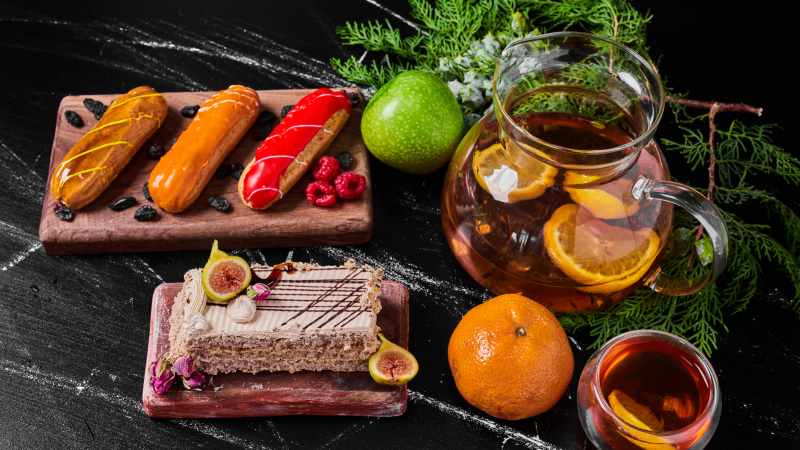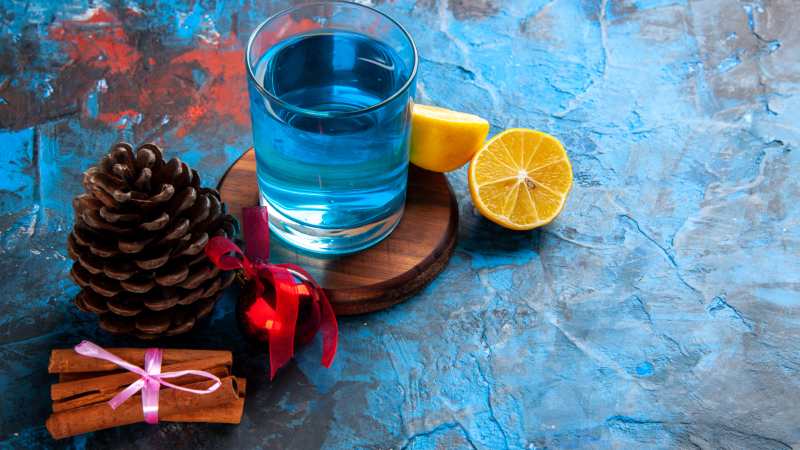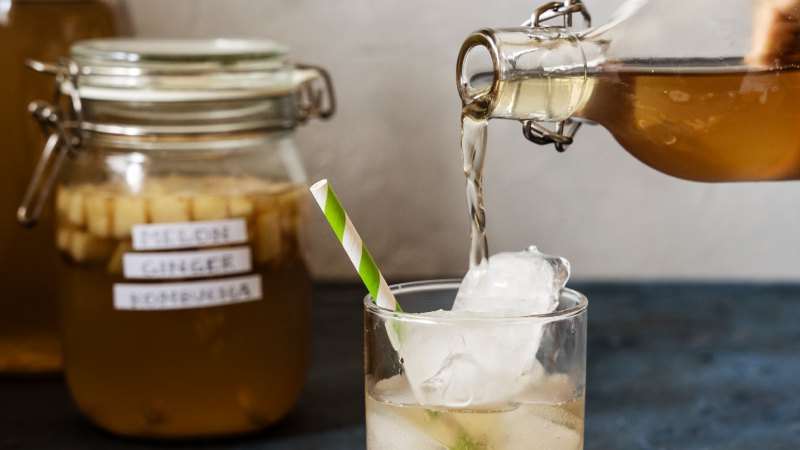Mixing liquor has been a tradition for centuries, blending flavors, aromas, and textures to create beverages enjoyed around the world. From timeless classics like the Martini to modern innovations featuring fresh herbs and exotic fruits, liquor recipes open a world of creativity for both beginners and professionals.
This guide will walk you through the essentials of liquor-based drinks, including must-know techniques, key ingredients, and the most popular cocktail recipes. By the end, you’ll understand how to mix drinks with confidence and explore new ideas for crafting beverages at home or for gatherings.
1. Understanding Liquor: The Foundation of Cocktails
Before exploring recipes, it’s important to know the basics of liquor types, as each forms the backbone of countless drinks:
-
Vodka: Neutral flavor, works well with almost anything.
-
Gin: Distilled with botanicals, offering herbal and floral notes.
-
Whiskey: Aged in barrels, known for deep, smoky, or sweet flavors.
-
Rum: Made from sugarcane, offering light, spiced, or dark variations.
-
Tequila: Distilled from agave, ranging from fresh and crisp to smoky.
-
Brandy: Distilled from wine or fruit, often smooth and warming.
Each liquor pairs differently with mixers, herbs, fruits, and syrups, shaping the character of your drink.
2. Essential Tools for Mixing Drinks
Just as a chef needs the right utensils, a home bartender benefits from having a few essentials:
-
Cocktail shaker – for blending ingredients evenly.
-
Strainer – to remove ice or pulp before serving.
-
Muddler – to crush herbs, fruits, or sugar cubes.
-
Jigger – for accurate measurement of spirits.
-
Mixing glass & bar spoon – perfect for stirred cocktails.
These tools ensure consistency and elevate both flavor and presentation.
3. The Importance of Balance in Cocktails

The key to a great drink lies in balance. Bartenders often follow a simple formula:
-
2 parts spirit (the base liquor)
-
1 part sour (lemon, lime, or citrus juice)
-
1 part sweet (syrup, liqueur, or fruit juice)
Adjustments can be made depending on personal taste, but this guideline helps beginners master the basics of liquor recipes.
4. Classic Liquor Recipes Everyone Should Know
Some cocktails stand the test of time because of their perfect balance and wide appeal. Here are a few essentials:
Martini
-
Ingredients: Gin or vodka, dry vermouth, olive garnish.
-
Method: Stir ingredients with ice, strain into a chilled glass, and garnish.
Old Fashioned
-
Ingredients: Whiskey, sugar cube, bitters, and orange peel.
-
Method: Muddle sugar and bitters, add whiskey, stir, and garnish.
Margarita
-
Ingredients: Tequila, lime juice, triple sec, salt rim.
-
Method: Shake ingredients with ice, strain into a glass, and garnish with lime.
Mojito
-
Ingredients: White rum, lime, mint, sugar, soda water.
-
Method: Muddle mint and lime, add rum and sugar, top with soda.
These recipes are excellent starting points for anyone learning liquor recipes jalbitedrinks.
5. Modern Twists on Classic Drinks
While traditional cocktails are popular, modern bartenders love experimenting with flavors:
-
Spicy Margarita – Add fresh jalapeño slices for heat.
-
Berry Mojito – Mix in raspberries or blueberries for a fruity twist.
-
Smoked Old Fashioned – Infuse the glass with wood smoke for a bold flavor.
-
Cucumber Martini – Blend cucumber puree for a refreshing variation.
These twists show how simple ingredients can transform a classic into something new.
6. Infused Spirits: Adding a Personal Touch

Infusing spirits allows you to create unique bases for cocktails:
-
Vodka with vanilla beans – Great for dessert cocktails.
-
Rum with pineapple – A tropical blend perfect for summer drinks.
-
Gin with rosemary – Enhances herbal qualities.
-
Tequila with chili peppers – Adds heat for adventurous drinkers.
Infusions are simple: place ingredients in a clean jar with the liquor, seal, and let it rest for several days.
7. Non-Alcoholic Alternatives and Mocktails
Not all beverages need liquor to shine. Mocktails use fresh fruit juices, herbs, and soda to create flavorful, alcohol-free alternatives:
-
Virgin Mojito – Lime, mint, sugar, soda water.
-
Nojito Berry Mix – Mixed berries, lemon juice, sparkling water.
-
Citrus Fizz – Orange, grapefruit, soda, and a dash of honey.
These drinks ensure that everyone has an enjoyable option at gatherings.
8. Pairing Cocktails with Food
The right cocktail can enhance a meal, much like wine pairings:
-
Seafood – Light drinks like mojitos or gin tonics.
-
Grilled meats – Whiskey-based drinks or bold rum cocktails.
-
Spicy dishes – Margaritas or citrusy cocktails to balance heat.
-
Desserts – Creamy liqueurs or fruit-based cocktails.
Pairing elevates the overall dining experience and makes gatherings memorable.
9. Tips for Beginners in Cocktail Making
-
Start simple with 3–4 ingredient recipes.
-
Taste as you go and adjust proportions.
-
Use fresh ingredients—juices, herbs, and fruit make a big difference.
-
Always measure for consistency.
-
Practice presentation with garnishes like citrus twists, herbs, or edible flowers.
Confidence grows with experience, and experimentation leads to creativity.
10. Safety and Responsibility in Drinking
Enjoying cocktails should always go hand in hand with responsible drinking:
-
Know your limits and drink water between cocktails.
-
Never drink on an empty stomach.
-
Don’t mix alcohol with certain medications.
-
Never drive under the influence.
The goal is to enjoy the art of mixology responsibly.
11. Seasonal Liquor Recipes
Seasonal ingredients keep cocktails fresh and exciting:
-
Spring – Floral drinks with lavender or elderflower.
-
Summer – Fruity cocktails with watermelon, peach, or pineapple.
-
Autumn – Spiced drinks with cinnamon, apple, or pumpkin.
-
Winter – Warming cocktails with whiskey, brandy, or mulled wine.
Using seasonal produce ensures vibrant flavors and variety throughout the year.
12. Crafting Signature Cocktails at Home
One of the joys of learning cocktail making is creating your own signature drink:
-
Choose a base liquor you love.
-
Add a unique flavor—herbs, spices, or fruits.
-
Balance with sour and sweet elements.
-
Experiment until the flavor feels unique but enjoyable.
This creativity is at the heart of liquor recipes jalbitedrinks.
13. Hosting a Cocktail Night
Cocktail nights are a fun way to practice and share drinks:
-
Pick a theme (tropical, classics, seasonal).
-
Prepare a few base liquors and mixers.
-
Teach friends how to shake or stir cocktails.
-
Offer both alcoholic and mocktail options.
It’s a chance to learn together and make social gatherings interactive.
14. The Growing Trend of Craft Cocktails
In recent years, craft cocktails have surged in popularity. These drinks emphasize:
-
Fresh, high-quality ingredients.
-
Homemade syrups, bitters, and infusions.
-
Creative presentation and garnishing.
This movement encourages people to appreciate cocktails as a form of culinary art.
15. Conclusion: The Joy of Mixing Liquor Recipes
Cocktail making is an enjoyable skill that blends creativity, science, and flavor. From understanding the basics of liquor to experimenting with modern trends, anyone can learn to create impressive drinks.
Whether you’re practicing at home, entertaining friends, or simply enjoying the art of mixology, the journey is as rewarding as the drinks themselves. With practice and experimentation, you’ll find that liquor recipes jalbitedrinks offer endless opportunities to discover new tastes and experiences.

